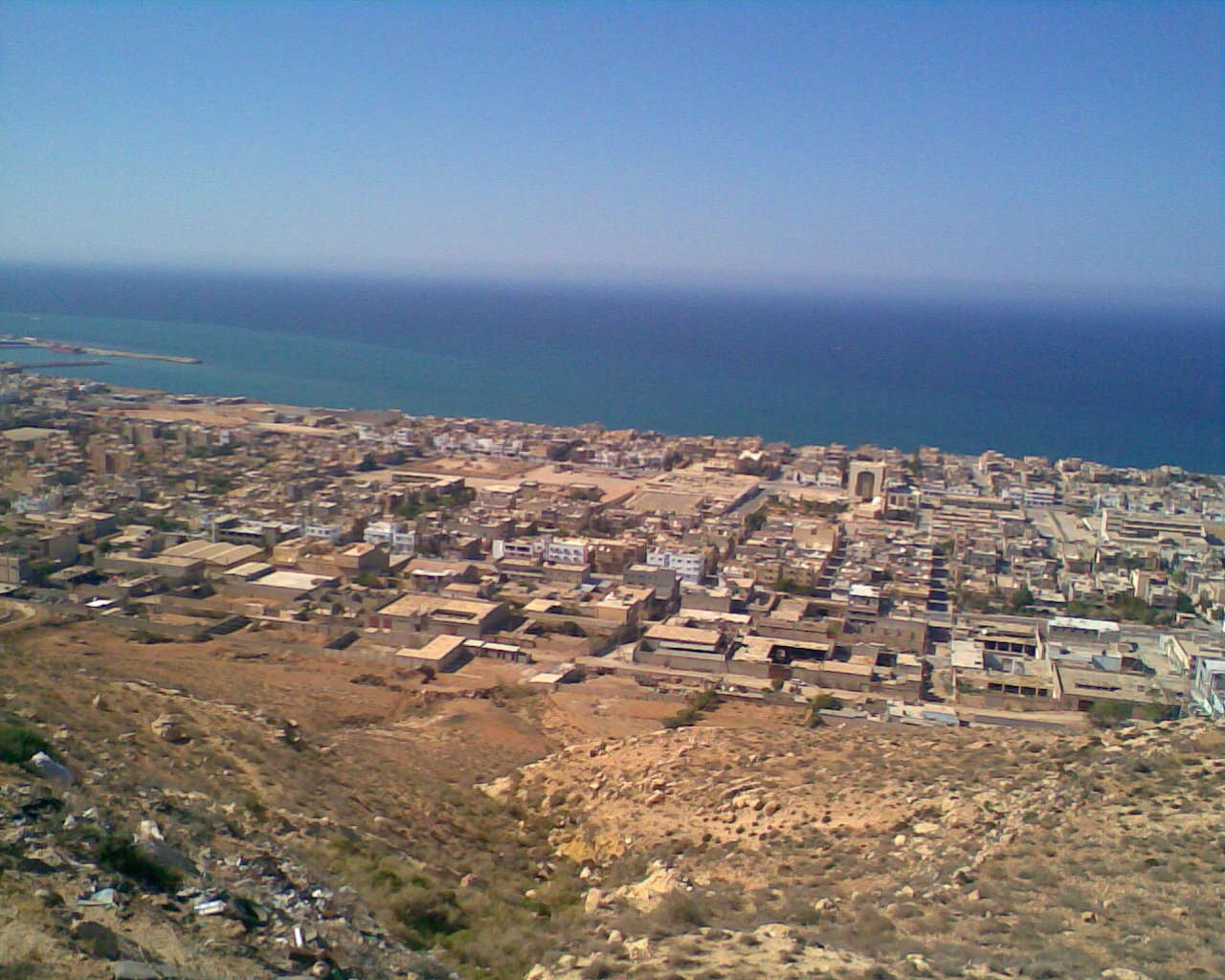As of Wednesday afternoon, approximately 2,300 people have been confirmed dead and a further 8,000 are injured or missing after severe storms led to destructive flooding in Derna.
The hurricane-like weather system known as Storm Daniel moved through the Mediterranean, initially causing severe flooding in central Greece before advancing to the coast of Libya.
The storms and ensuing floods destroyed two dams neighbouring Derna, and the ensuing deluge washed away entire neighbourhoods, resulting in the devastating loss of life.
Volunteers in Derna, such as Mohammed Qamaty, called upon Libyans to join the search for the many persons still identified as missing.
“We call on all the young Libyans, anyone who has a degree or any medical affiliation to please come and help us,” said Qamaty to Reuters news agency.
“We have a shortage in nurses, we need help.”
Political and military conflict between Libya’s rival governments has exacerbated the issue, with limited resources allocated to development and infrastructure.
Furthermore, the fractured political landscape hinders the country’s access to external aid.
Despite this, disaster relief groups have mobilised to lend aid, with authorities stating that rescue teams from Turkey had arrived in eastern Libya.
Hundreds of volunteers from western Libya are heading to the country’s east to provide support, while groups across the country organise and lend aid.
Tragically, the aid comes too late for hundreds of Libyans, as hundreds of the deceased are buried in mass graves.
Some, such as Anas El Gomati, founder and director of Sadeq Institute, have criticised the government for their inaction, saying that the approaching storm and rising water levels should have prompted an emergency response.
“We had days and hours ahead of this to be able to prepare,” said El Gomati.
“Unlike the situation in Morocco, where tectonic plates moved and they had seconds to prepare, in Libya, as the dams began to swell and fill slowly, they had days and hours to plan an evacuation.”
The disaster came just days after a magnitude 6.8 earthquake rippled through Morocco, resulting in large-scale tragedy.
Rescue efforts are ongoing in Morocco, where the death toll is expected to exceed 3,000.






